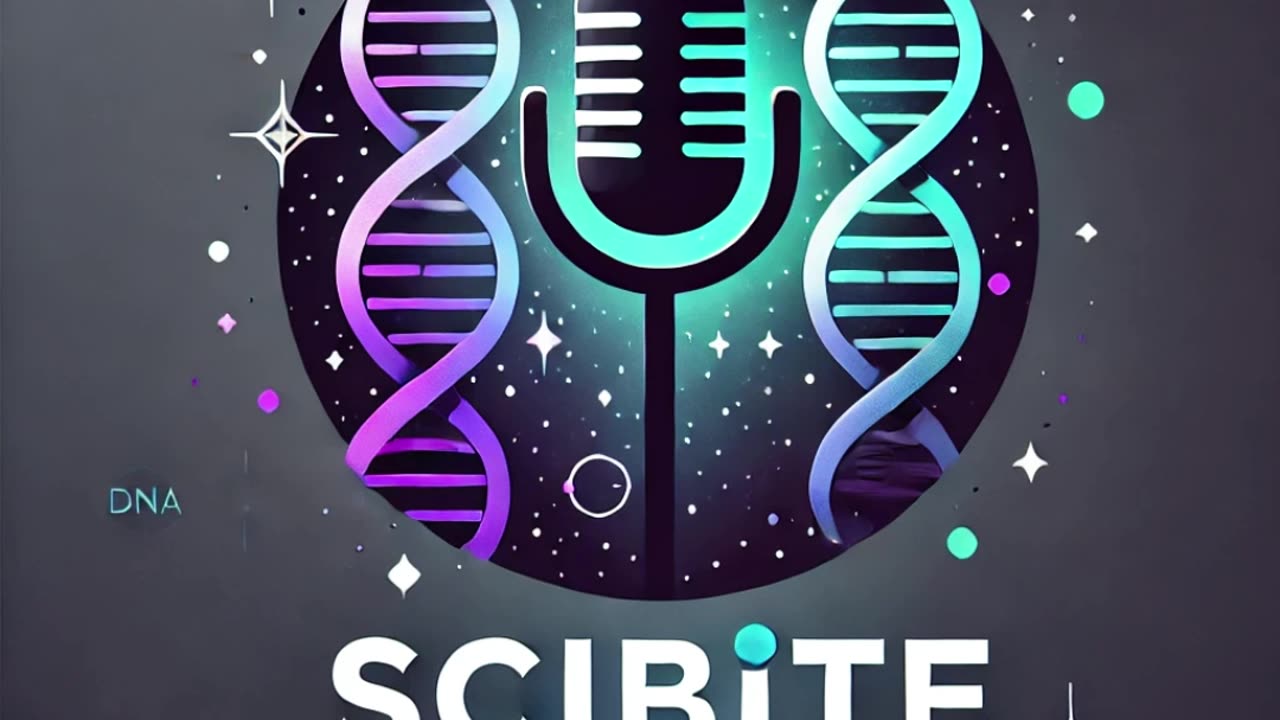Premium Only Content

🌟 How the Asteroid That Killed Dinosaurs Turned Ants Into Farmers 🌟
🌟 Key Points: 🌟
- A scientific study illustrates how the dinosaur extinction led to the flourishing of fungi and the evolution of fungus-farming ants 66 million years ago.
- This early form of agriculture predated human agricultural practices and has since evolved into complex mutualistic relationships, which are now being studied for their potential in biotechnology.
🌟 The Meteor Impact and Fungal Spread: 🌟
- The meteor strike that killed the dinosaurs 66 million years ago created conditions favorable to the spread of fungi that feed on organic matter.
- The low-light environment caused by the impact provided the perfect opportunity for the ancestor of a group of ants to start cultivating these microorganisms.
🌟 Fungal Strains and Genetic Insights: 🌟
- The study provides the smallest margin of error to date for the emergence of these fungal strains, which were previously thought to be more recent.
- Researchers analyzed ultraconserved elements (UCEs) of the genomes of 475 fungal species cultivated by ants and collected from different parts of the Americas.
- This method established the near-simultaneous emergence of two distinct fungal lineages from the same ancestor of today’s leafcutter ants (Attini) 66 million years ago.
🌟 Mutualism and Agricultural Origins: 🌟
- Specialists argue that the beginning of this relationship defines the emergence of agriculture, tens of millions of years before humans began domesticating plants.
- The study also revealed the emergence of an ancestor of coral fungi, a second group that began to be cultivated by ants 21 million years ago.
🌟 Nutritional Mutualism and Fungal Adaptation: 🌟
- The results support the hypothesis that fungi had already undergone pre-adaptation before being cultivated by ants.
- The meteor impact may have turned this relationship into an obligatory mutualism, where fungi depend on ants for food and reproduction, and ants depend exclusively on fungi as a food source.
- Today, four different groups of ants cultivate four types of fungus, sometimes altering the growth of the cultivated product to provide certain nutrients.
🌟 Agricultural Evolution and Biotechnological Potential: 🌟
- Fungus-farming ants experienced a second selective pressure with the expansion of the Cerrado savanna-like biome 27 million years ago, leading to the origin of today’s leafcutter ants.
- This event also favored the diversification of fungi, which became more efficient at producing food for the ants and decomposing organic matter.
- The enzymes produced by fungi cultivated by ants are now being studied for their biotechnological potential to degrade organic matter and other materials, including plastics.
📚 Reference: 📚
- “The coevolution of fungus-ant agriculture” by Ted R. Schultz, Jeffrey Sosa-Calvo, Matthew P. Kweskin, Michael W. Lloyd, Bryn Dentinger, Pepijn W. Kooij, Else C. Vellinga, Stephen A. Rehner, Andre Rodrigues, Quimi V. Montoya, Hermógenes Fernández-Marín, Ana Ješovnik, Tuula Niskanen, Kare Liimatainen, Caio A. Leal-Dutra, Scott E. Solomon, Nicole M. Gerardo, Cameron R. Currie, Mauricio Bacci Jr., Heraldo L. Vasconcelos, Christian Rabeling, Brant C. Faircloth, and Vinson P. Doyle, 3 October 2024, Science.
- DOI: 10.1126/science.adn7179
#Dinosaurs #Asteroid #Ants #Fungi #Agriculture #Evolution #Biotechnology #Mutualism #Science #Research #FungusFarming #LeafcutterAnts #Prehistoric #Biodiversity #Ecology
📚 Interested in learning more? Check out these amazing science books and resources on Amazon that I've handpicked for you! Dive deeper into the subject and expand your knowledge. 📚
🛍️ Shop my recommendations: https://amzn.to/3AuBl1r
💡 Remember, when you purchase through my link, you're supporting my channel and helping me create more engaging science content for you! It doesn't cost you anything extra, but it means a lot to me. 😊
⬇️ Don't forget to:
Like this video if you enjoyed it!
Subscribe for more bite-sized science content!
-
 2:46:45
2:46:45
FreshandFit
4 hours agoFresh&Fit After Hours w/ Girls
43.1K43 -
 2:11:02
2:11:02
Kim Iversen
9 hours agoMUSK VS MAGA: Are Americans Too Uneducated and Lazy To Hire? | Debate: “Jesus Wasn’t A Jew”
73.1K226 -

Drew Hernandez
6 hours agoMAGA CIVIL WAR OVER H-1B & DREW W/ HODGE TWINS
64.1K66 -
 1:05:22
1:05:22
Donald Trump Jr.
12 hours agoAmerica First Means Reviving the American Dream, Interview with Peter Schweizer | TRIGGERED Ep.203
131K277 -
 1:34:02
1:34:02
The Officer Tatum
11 hours agoLIVE: Trump ENDORSES Mike Johnson as Elon BACKTRACKS On H-1B + MORE | Officer Tatum Show EP 32
95.3K126 -
 45:56
45:56
Kimberly Guilfoyle
11 hours agoNew Year. Same MAGA Mission, Live with Roger Stone | Ep. 183
103K41 -
 1:49:14
1:49:14
2 MIKES LIVE
15 hours ago2 MIKES LIVE #160 We're Back! Deep Dive Monday!
70.5K13 -
 54:28
54:28
LFA TV
1 day agoTrump’s Triumphant Year | Trumpet Daily 12.30.24 7PM EST
63.8K11 -
 2:28:37
2:28:37
Quite Frankly
13 hours ago"2024 Review, Homunculus Flu, Old/New Year Predictions" 12/30/24
92.2K12 -
 14:04:17
14:04:17
RonjnJeremy
16 hours ago $9.05 earnedClassic Wow 20th Anniversary edition HC SF, Rogue..PT8 lvl 46+ Just need to stay alive...
109K6